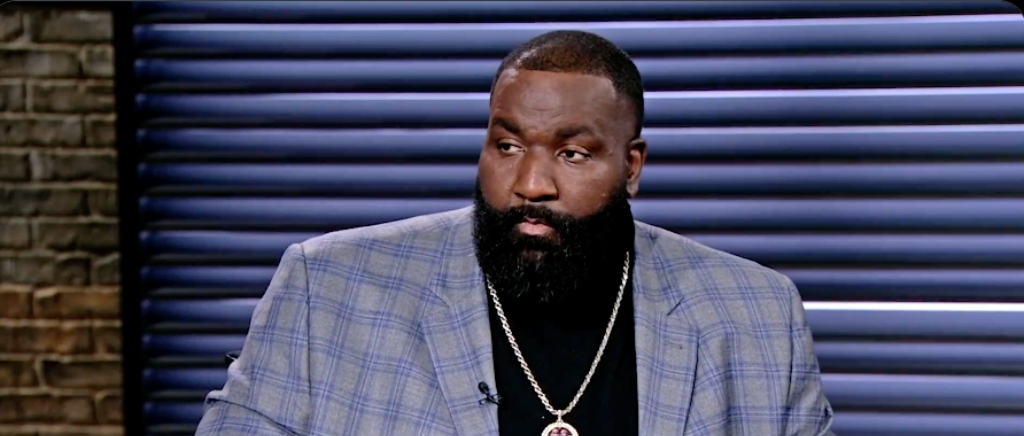The NIL space in college sports is a growing industry, but one that features very little in the way of regulation.
Now that college athletes are allowed to make money off of endorsement deals, we’ve seen the stars of the sport cash in with big contracts that allow them to financially benefit from their star power before they make it to the pros. It’s great to see the likes of Juju Watkins and Cooper Flagg be able to make some money at the collegiate level. Even for players who aren’t stars on a national scale, it provides an opportunity to get paid by local businesses and school NIL collectives, getting something a bit more than just their scholarship for their athletic abilities.
All of that is a fantastic thing, but one of the unfortunate side effects of a new, largely unregulated world where money is changing hands is that it’s also an opportunity for some to take advantage of kids that don’t fully understand the financial world — with many coming from situations where they do not have much money.
A new NIL company, Nilly, that was founded by Kendrick Perkins and Chris Ricciardi, formerly of Merrill Lynch and other Wall Street investment firms, operates in that gray area of the NIL world. Perkins and Ricciardi tout their service as a way for athletes to get money up front and guarantee themselves some financial security, avoiding the uncertainty of exactly what they’ll get offered on the NIL market — NIL “valuations” are famously wonky, and not always emblematic of the actual money out there on the market. However, some financial advisors and consumer protection experts believe the company’s practices are predatory, similar to high-interest loans, as ESPN’s Dan Murphy investigated.
The way Nilly works is they offer an up front payment to high school athletes about to head off to college (from $25,000 to six figures) in exchange for a percentage of a player’s future NIL earnings for the next seven years. The example Murphy provided was a player who got $50,000 in exchange for 25 percent of his future endorsement earnings for the next seven years, or until Nilly got paid back $125,000, whichever came first. The percentage Nilly takes can vary from 10-50 percent.
Perkins claims the goal of the company is to take some of the financial stress off young athletes, particularly those that come from situations where they don’t have much money.
“You have so many athletes and their parents who are struggling day-to-day,” Perkins said. “Because we’re actually taking a bit of a gamble on what the student-athlete is going to make in the NIL space, the benefit is the kid — the student-athlete — is able to get financial security so they don’t have to rush.”
However, others pointed out to Murphy that it feels “predatory,” taking advantage of kids that come from poor families and taking a significant chunk of what they would earn by flashing up front money.
“To me it feels like you are preying on people who need the capital now and using that to cloud their focus on the future,” said Michael Haddix Jr., whose company Scout provides financial education seminars to college athletic departments. “It feels predatory, and it’s capitalizing on young people who need money and haven’t thought through the long-term implications.”
Nilly pushed back on the categorization of their enterprise as a loan operation, noting the players are not required to pay back any money if they don’t get any NIL deals. However, Murphy’s piece lays out how the legal system could decide these are closer to a loan than a licensing deal, if it were to get challenged in court. The entire piece is a fascinating look at why the lack of regulation or real oversight in the NIL world can create these sorts of gray areas and questionable practices.
Perkins pushes back on the idea that this is predatory, claiming the risk is entirely on Nilly and the investors, but any time former Wall Street guys are diving into something new and willing to put up big money for early investments in a lightly regulated field, it’s hard not to see red flags regarding who is really at risk. They are clearly seeing opportunity to cash in and the rate of return has the potential to be massive — and for the athlete, brings the chance to significantly dampen how much money they can make on the NIL market, losing out on much more than what a traditional agent’s cut would be.
The legality of it all is an extremely complex issue that I am far from qualified to declare anything about, but I can say that pretty much everyone’s initial read on this is that it all feels a bit shady and gross. As for Perkins, at best he truly believes this can help athletes and he also may be getting used as the face of this company as a former athlete by people who are looking to seize an opportunity. At worst, he knows how desperate the athletes are to get some fast cash and recognizes his own opportunity to profit off of that.







